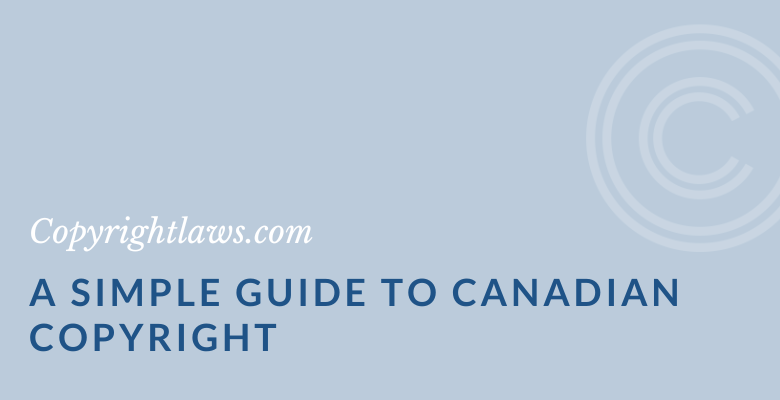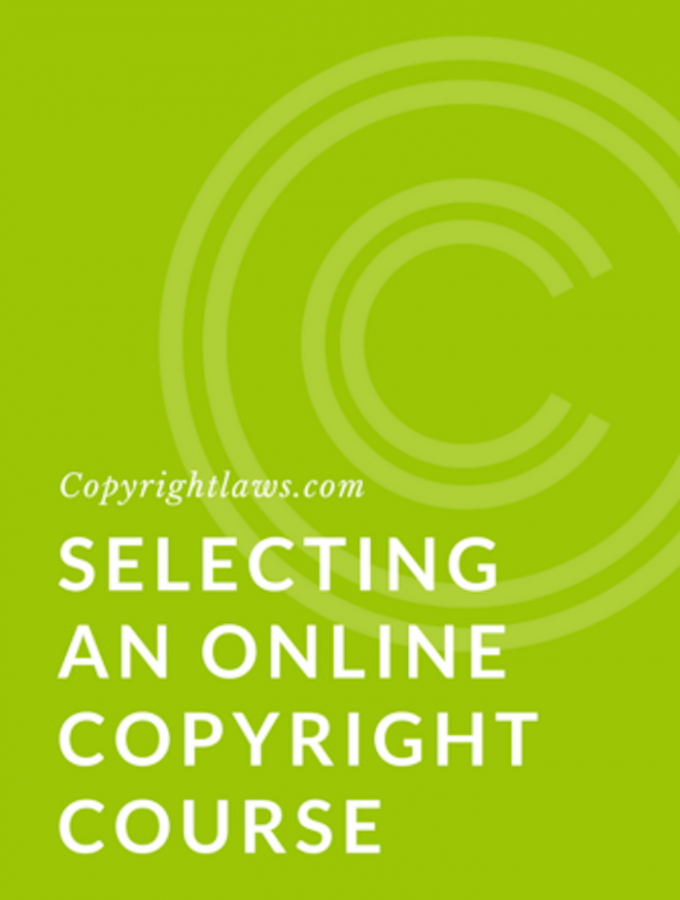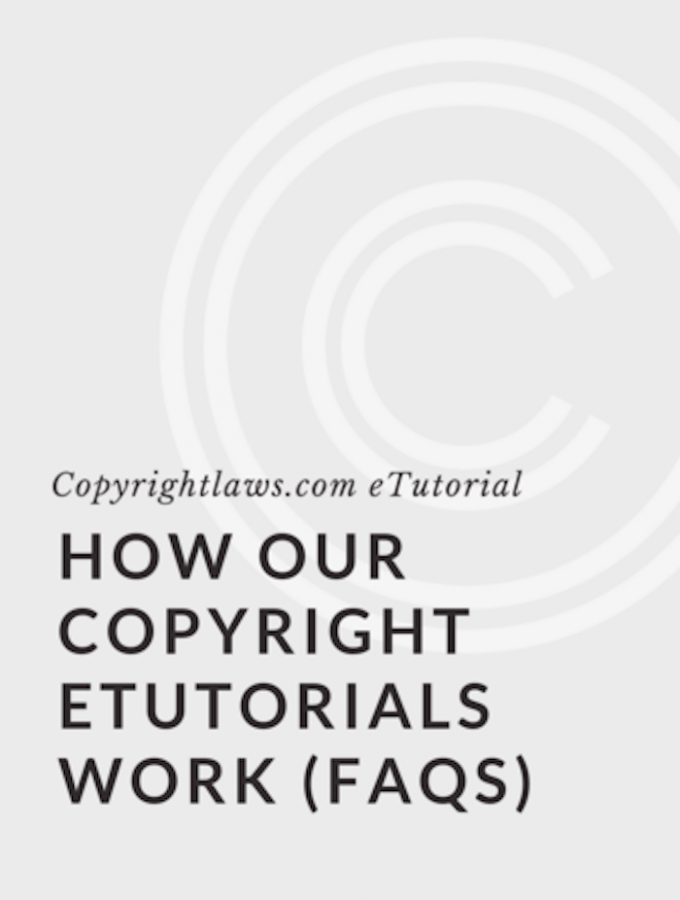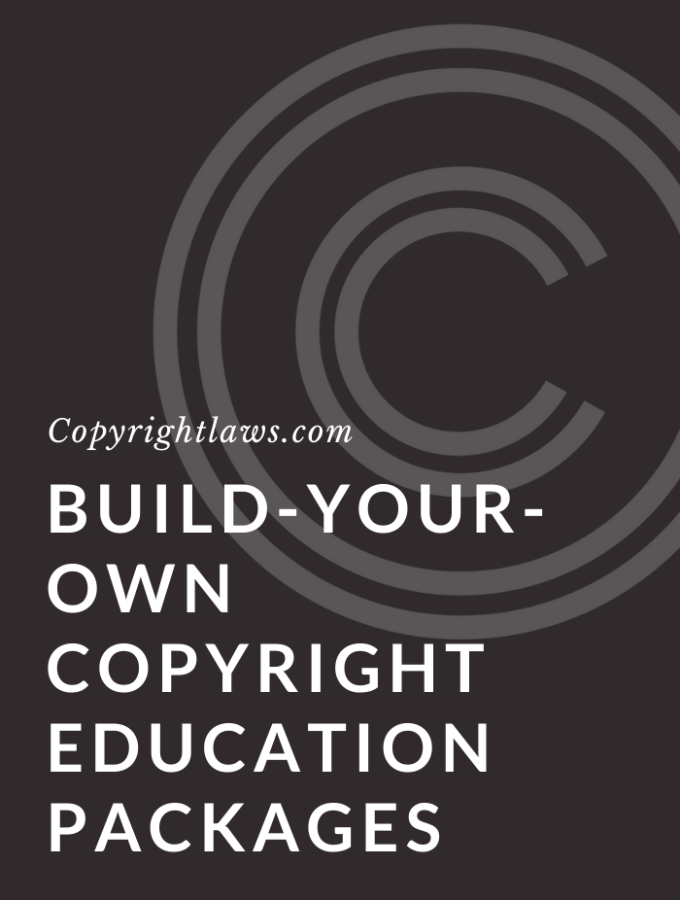
Canadian Copyright Law: The Basics
Anyone dealing with issues related to copyright and licensing in Canada, whether creators or users of copyright-protected materials, needs a basic understanding of Canadian copyright law. What rights are covered under copyright? Who owns copyright in a work? And how long does copyright last? This simple guide to Canadian copyright law basics will help you answer these questions and more.
If you need more than basic knowledge, our more in-depth articles will give you a deeper understanding of specific aspects of copyright law in Canada.
As a bonus, complete the form at the end of this article to download the PDF: A Simple Guide to Canadian Copyright Law: 5 Essential Facts and Tips.
Copyright Law: The Legal Background
According to the Canadian Intellectual Property Office’s (CIPO’s) guide to copyright, the Canadian Copyright Act was created to “further the public interest by promoting the creation and dissemination of works of the arts and intellect, and to allow creators a just reward for their creations.”
Works in Canada are protected by copyright regardless of their merit or commercial value as long as they meet certain conditions (see below). Though the Copyright Act is federally applicable, the copyright owner is responsible for enforcing their rights by monitoring the marketplace for unauthorized reproductions of their protected works.
While alleged infringements are dealt with in a court of law, there are a few important bodies which deal with other aspects of copyright management in Canada. The first is the CIPO which handles registrations and disseminates information about copyright and other areas of intellectual property. The Copyright Board of Canada is a regulatory body that approves tariffs which establish royalties for the use of copyright works, and it also handles licences for unlocatable copyright owners.
When Was the Canadian Copyright Act First Enacted?
Copyright law is part of a larger body of law concerned with intellectual property. The first colonial copyright statute was passed in 1832, but it was subject to British imperial copyright law until 1921. Since that time, there have been four major revisions of the copyright law: in 1988, 1997, 2012 and 2022.
The following are two recent notable changes to the Copyright Act:
- In 2012, the Copyright Modernization Act made several changes, the most noteworthy perhaps being the addition of education to the list of purposes for fair dealing.
- In 2022, to meet the requirements of the new Canada-United States-Mexico agreement, the duration of copyright protection in Canada was extended from the original Life+50 to Life+70. This came into effect on 30 December 2022.
The Role of the Canadian Intellectual Property Office
The Canadian Intellectual Property Office (CIPO) has the following roles:
- Its mandate is to disseminate intellectual property (IP) products and services to people throughout Canada and to increase awareness, knowledge and effective use of IP by Canadians.
- Its mission includes explaining IP rights, sharing knowledge in order to foster invention and creativity, raising awareness of IP and its uses, cooperating internationally to promote Canada’s IP interests and administering Canada’s IP system and office.
- CIPO also hosts an IP database and provides a registration service for copyright owners.
- Finally, CIPO has produced many resources to help Canadians better understand copyright and, more broadly, intellectual property.
The Role of the Copyright Board of Canada
The Copyright Board of Canada’s role is to establish tariffs and licenses. It approves tariffs for content managed by collective societies, settles individual cases where the parties involved disagree and grants licenses for the use of content when the copyright holders are unlocatable. This last one, providing licenses for the use of works by unlocatable copyright owners, is of particular interest as it is not a service offered in many countries (notably, it is not available in the United States).
The Creator Is Generally the First Owner of Copyright
The general rule of ownership is that the first owner of copyright is a work's creator or author. This is subject to several exceptions. One such exception is for works made in the course of employment. In this case, the employer would be the first owner of copyright unless there is an agreement to the contrary.
The Rights of Copyright Owners and Their Limitations
Copyright literally means “the right to copy.” The Canadian Copyright Act grants certain rights to authors of original works including literary, dramatic, musical, architectural, cartographic, choreographic, pantomimic, pictorial, graphic, sculptural and audiovisual creations. Among these rights, copyright owners have the exclusive right to reproduce, adapt, distribute and, in relation to certain works, publicly perform or display a work.
These rights are exclusive to the copyright owner, but they are not unlimited. The Copyright Act establishes certain limitations on these rights. These limitations may be in various forms. One limitation, fair dealing, is a defence to a claim of copyright infringement. Other limitations are called exceptions or exemptions because they allow specific uses of copyright-protected materials without obtaining permission from the copyright owner.
The rights set out in the Copyright Act give copyright owners control over the use of their creations, and an ability to benefit, monetarily and otherwise, from the exploitation of their works. Copyright also protects the rights of attribution, association and integrity (known as moral rights) which are applicable to all works protected by copyright and can be waived but not assigned.
Copyright Does Not Protect Ideas
Copyright law does not protect ideas. This concept cannot be overemphasized. It is based on the notion that ideas are part of the public domain and no one can have a monopoly on them. Copyright law protects the expression of ideas, rather than the ideas themselves. Copyright protection also doesn’t extend to any facts, short and one-word titles, names or slogans, methods, plots or characters, and works that are not fixed in a material form.
In practice, anyone may follow an idea set out in a book or an instructional video, or create a work based on the same idea, without violating copyright.
The concept also means that there can be copyright in two works expressing the same idea, since it’s the original expression of the idea that’s protected by copyright. For example, two people may independently make sketches of the same tree, each sketch being protected by copyright and neither of them violating the copyright of the other.
Copyright Protection Is Automatic If Certain Criteria Are Met
Copyright protection automatically exists as soon as a work is created and fixed in a tangible medium of expression. Protection applies to works at any stage of creation (from initial drafts to completed works) and to published and unpublished works. For a work to be protected, it must meet three criteria:
- Originality
- Expression
- Fixation
Originality
In order for a work to be protected by copyright, it must be original in the copyright sense of the word. A creation need not be completely novel, nor does it have to possess some aesthetic, artistic or literary quality, to be protected by Canadian copyright. However, it must be the result of your own creativity, and you need to have used your own skill and judgment to create it.
Despite these requirements, the standard of originality is actually very low. Basically, the work must originate from the author and must not be copied from elsewhere.
Expression
As mentioned above, copyright only protects the expression of ideas, not the ideas themselves. So, while you can copyright a story about a princess locked in a castle waiting to be rescued, you cannot stop anyone else from writing a book with the same plot elements. Hence the existence of both Shrek and Tangled though neither infringes the copyright of the other.
Fixation
For a work to be protected, it must meet the criterion of fixation and be fixed in a “tangible medium of expression.” A tangible medium of expression includes any readily perceptible format, whether formal or informal. As well, it includes a format from which the work may be perceived only with the assistance of some device or technology.
This would include a handwritten letter or a sketched drawing on a napkin. It would also include a saved document on your computer’s hard drive or a flash drive, or a recording on a video camera.
In some cases, a work may not be considered fixed. One example may be works such as lectures, speeches, addresses and sermons that have not been written down or recorded in some manner prior to their presentation. The same may be true of an improvised comedy skit, a jam session or an improvised tune. An unsaved image or text on a computer screen is not considered fixed.
Publication, Notice and Registration Are Not Required
In accordance with the requirements of the Berne Convention, neither registration nor the inclusion of a copyright notice are requirements for copyright protection in Canada. Although registering a work is not required for copyright protection, there are some incentives to do so. The work’s registration is a public record of the copyright claim. Unlike in the U.S., registration is not necessary prior to the filing of any copyright infringement action in court. In Canada, the registration process with the Intellectual Property Office is automatic and therefore does not provide the same level of assurance as registering with the U.S. Copyright Office. Because of this, many creators decide to register their works in both countries.
The Advantages of Using the Copyright Notice
The copyright symbol, ©, used to mark materials protected by copyright, is a universal symbol. Although using this symbol isn’t mandatory under Canadian copyright law, there are certain advantages to marking a work.
It’s a reminder to the world at large that copyright exists in the work. As such, it provides evidence in a court action that the alleged violator should have known that copyright existed in the work. It may also help people locate the copyright owner and obtain permission to use a work.
The Elements of a Copyright Notice
There are three elements to a copyright notice. The “c in a circle” — © — or the abbreviation “Copr.” or the word “Copyright” should be presented. The name of the copyright owner (not necessarily the author) should be included in the notice. The year of first publication should also be set out. These elements need not necessarily appear in this sequence.
Here is a sample copyright notice:
© Name of Copyright Owner Year of First Publication
or
© Erin Gurski 2024
The notice should be placed in a manner and location that gives reasonable notice of copyright. It should be in a conspicuous position on a work that will not be missed by a casual observer. For example, a copyright notice may be set out on the home page of your website, and perhaps on other pages also, with a link to a more detailed copyright and legal notices page.
Copyright Duration Is Life-Plus-Seventy
Copyright endures for seventy years after an author’s death, until the calendar year end. This is the life-plus-seventy rule. For example, if an author died on 1 February 1980, copyright in that author’s works expires on 31 December 2050 and falls into the public domain on 1 January 2051.
There is, however, a large exception to this rule. In Canada, copyright was only extended to life-plus-seventy at the end of 2022 in accordance with the Canada-United States-Mexico agreement. Previously, the duration of copyright was life-plus-fifty (the minimum for being a member of the Berne Convention). As such, any works that entered the public domain at the end of the life-plus-fifty term before 30 December 2022 remain there and do not have their terms extended.
Once copyright has expired in a work, the work is in the public domain. It is no longer protected by copyright and may be used freely, without obtaining permission from or compensating the copyright owner.
Canadian Copyright Law Primer
Our downloadable Simple Guide to Canadian Copyright is an easy to reference summary of the above information. In addition to providing a basic understanding of copyright issues, it also includes essential practical tips to help you apply this knowledge
A Simple Guide to Canadian Copyright Law
If you have trouble with the form below, please follow this link to sign up.



